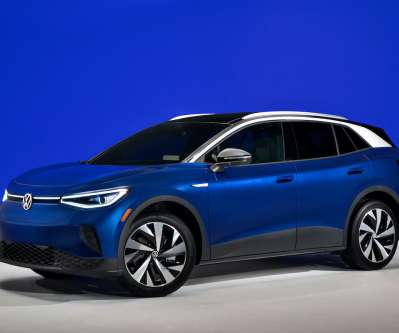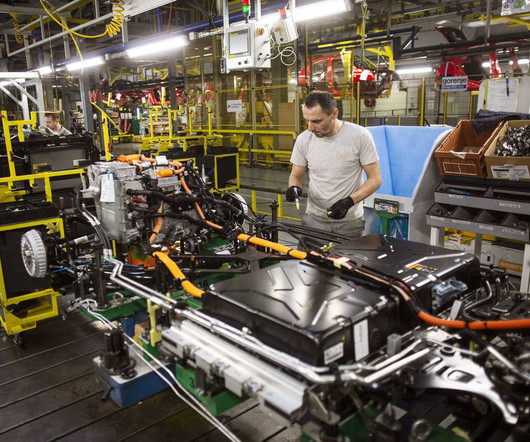Volkswagen of America unveils the 2021 ID.4 electric SUV
Green Car Congress
SEPTEMBER 23, 2020
This screen can be configured to driver preference, and manages the standard navigation system, all telematics, entertainment, driver-assistance systems and vehicle settings; it is upgraded to a 12-inch Discover Pro Max infotainment display with the Statement package. natural voice control is standard in the ID.4. Pricing for the ID.4











Let's personalize your content